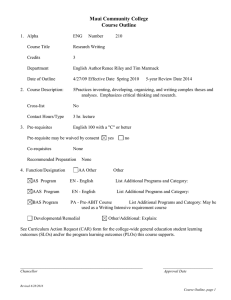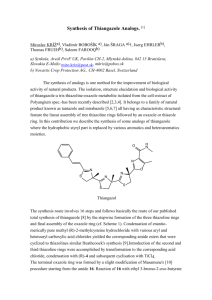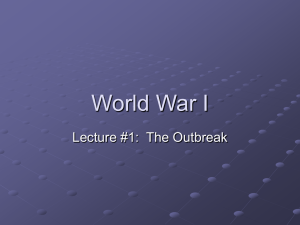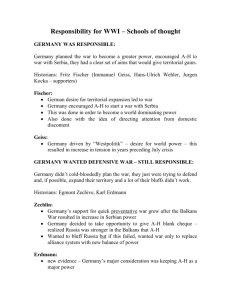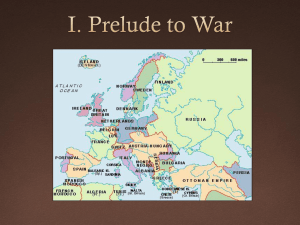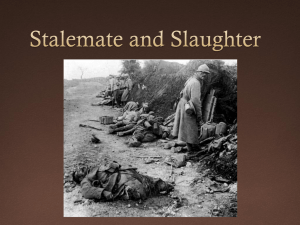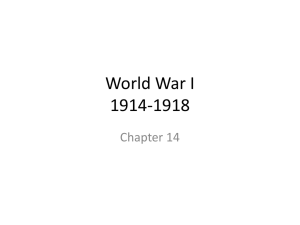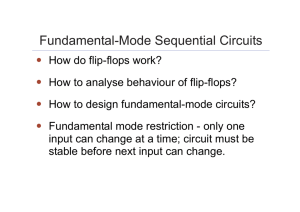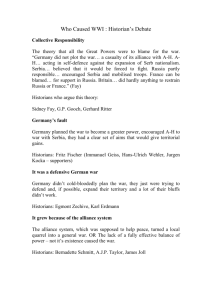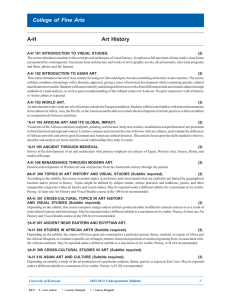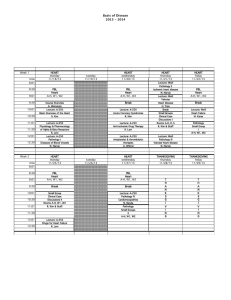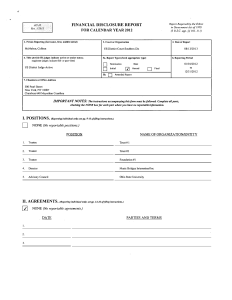For questions 56-61, match the statements with the teaching
advertisement
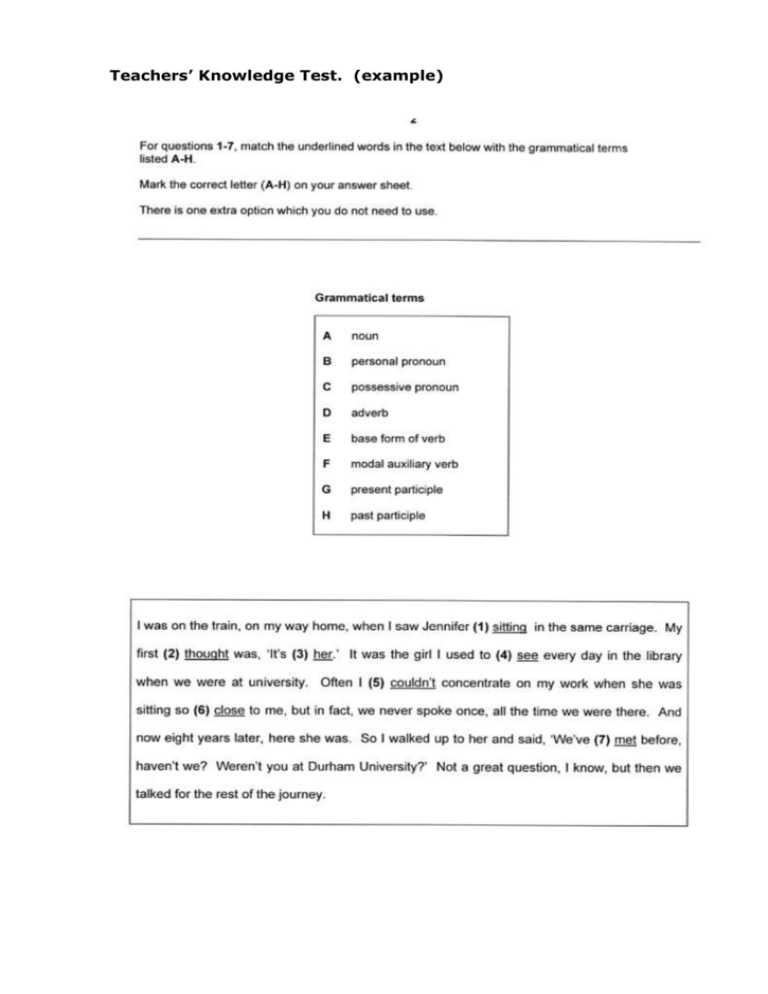
Teachers’ Knowledge Test. (example) For questions 8-14, match the examples of vocabulary with the categories listed A-H. Mark the correct letter (A-H) on your answer sheet. There is one extra option, which you do not need to use. Examples of vocabulary 8 9 colour, color; realize, realize; theatre, theater traffic lights; alarm clock; seat belt Categories A synonyms B lexical set 10 childish; successfully; dependable C collocations 11 turn up; turn off; turn into D word + suffix 12 catch a cold; catch a bus; catch a thief E prefix + word 13 sad; miserable; unhappy F compounds 14 ankle; stomach; knee; heart G phrasal verbs H American and British English For questions 15-21, match the minimal pairs of words with the vowel sounds listed A-H. Mark the correct letter (A-H) on your answer sheet. There is one extra option, which you do not need to use. Minimal pairs Vowel sounds 15 work woke 16 test taste 17 hear hair 18 word would 19 shut shirt 20 tart tight 21 said sad For questions 22-28, match the example sentences with the functions listed A-H. Mark the correct letter (A-H) on your answer sheet. There is one extra option, which you do not need to use. Example sentences Functions 22 Let’s go to that new restaurant. A describing ability 23 They might win – you never know in cup matches! B describing possibility 24 Watch out! That’s dangerous. C asking for permission 25 My son can speak three languages fluently. D requesting 26 Is it okay if I open the window? E asking for advice 27 Shall I show you how the camera works? F suggesting 28 Could you pass me my bag? G offering H warning For questions 29-34, match the statements with the teaching approaches they describe listed A-G. Mark the correct letter (A-G) on your answer sheet. There is one extra option, which you do not need to use. 29 Learners perform actions in response to the teacher’s instructions. 30 Learners practice new structures orally only after the teacher has introduced them. 31 The teacher assesses learner’s knowledge of the target language before presenting it. 32 The focus is on words or sets of words and how they are used in natural contexts. 33 There is more emphasis on the written word than spoken communication. 34 Lessons focus on completing an activity after which relevant language is highlighted and worked on. For questions 35-40, match the course book rubrics with the aims listed A-G. Mark the correct letter (A-G) on your answer sheet. There is one extra option, which you do not need to use. Course book rubrics 35 As you hear Carol’s phone conversation, circle the things she’s got and put a cross for the things she hasn’t got. 36 Listen and count the syllables. Mark the stress. 37 Match the words for jobs with their definitions. 38 What is your favourite way of learning words? Order these ways 1-7 and compare with another student. 39 Match the verbs in list A with the phrases in list B that they are often used with. 40 What did you do last weekend? List six different things. Exchange lists with another student. Ask questions to find out when your partner did these things. Now write sentences about your partner’s weekend. For questions 41-46, match the activities with the teaching focus listed A, B or C. Mark the correct letter (A, B or C) on your answer sheet. 41 The students listen to a story and then try to remember it in groups. 42 The students do an information-gap activity practicing ‘How much/ How many…?’ 43 The class chooses from a list which topics are suitable for discussion at a formal business dinner. 44 The teacher encourages peer correction of tenses during group work. 45 The students do a problem-solving activity in groups. 46 The teacher focuses on social behavior in different cultures. For question 47-52, match the steps from a lesson plan for using a song with the stages listed A, B or C. Mark the correct letter (A, B or C) on your answer sheet. 47 Students brainstorm some words or expressions that might be in a song about a journey. 48 Students follow the route on the map. 49 Students discuss the mood of the song. 50 Students act out a role-play as an extension task. 51 Students read the words and sing along. 52 Students look at jumbled lines from the song and predict the correct sequence. For question 53-58, match the ways of using newspapers in the classroom with the reading skills listed A, B or C. Mark the correct letter (A, B or C) on your answer sheet. Ways of using newspapers 53 matching newspaper headlines to articles within a short time limit 54 asking students to find the answer to particular questions, e.g. What’s on TV at 8 pm? 55 reading articles quickly to confirm predictions from headlines 56 finding differences in the information contained in two articles on the same topic in different newspapers 57 asking students to find the names of five famous people in the newspaper 58 asking students to choose an article from a newspaper they would like to study in more detail For questions 59-65, read the examples of classroom language and match the teachers’ language with its functions listed A-E Mark the correct letter (A-E) on your answer sheet. You need to use some options more than once. Examples of classroom language T = teacher S = student 59 T: Turn your chairs round and sit back to back, like this. 60 S: The man is working home. T: Pronunciation. S: Er… he’s walking home. T: That’s right. 61 T: The present perfect is also used to talk about recent events. 62 T: While Maria was working, the thief took her handbag. S: Where was her hand bag? T: Under her chair. Anyway, then she turned round and… 63 T: What’s the man doing in the picture? S: He’s going up the mountain. T: Yes, and do you know another word for ‘going up’? 64 S: I spoke with my grandmummy. T: You spoke with your grandma. S: Yes, I spoke with my grandma. 65 T: This sound is produced by putting tongue against your teeth. For question 66-73, match the circled mistakes with the types of errors listed A-I. Mark the correct letter (A-I) on your answer sheet. There is one extra option, which you do not need to use. Mistakes Types of error 66 Ghosts are usually saw at night. A missing auxiliary verb 67 I am very much like football. B wrong preposition 68 I am writting to you for some information. C unnecessary auxiliary verb 69 Every festival are different in my country. D wrong verb pattern 70 We must to protect the environment. E wrong verb form 71 It depends of how much money it costs. F wrong relative pronoun 72 What time did you say you going out later? G wrong subject-verb agreement 73 I’m going to wear my leather red jacket. H wrong word order I wrong spelling For questions 74-80, match the descriptions of different classroom activities with the reasons for the choices of interaction pattern listed A-H Mark the correct letter (A-H) on your answer sheet. There is one extra option, which you do not need to use. Classroom activities 74 The teacher asks students to discuss their answers in pairs before open-class feedback. 75 As each student finishes, the teacher quietly instructs him/ her to consider what he/ she personally learnt from an exercise. 76 Students spend ten minutes silently reading the next chapter from a class reader. 77 Students work on problem – solving tasks in groups of three. 78 Before a role – play, the teacher asks students to think for five minutes alone about what they are going to say. 79 The teacher uses the board to clarify a grammar point. 80 Students do a whole – class mingle to find out about each other’s hobbies and interests.
